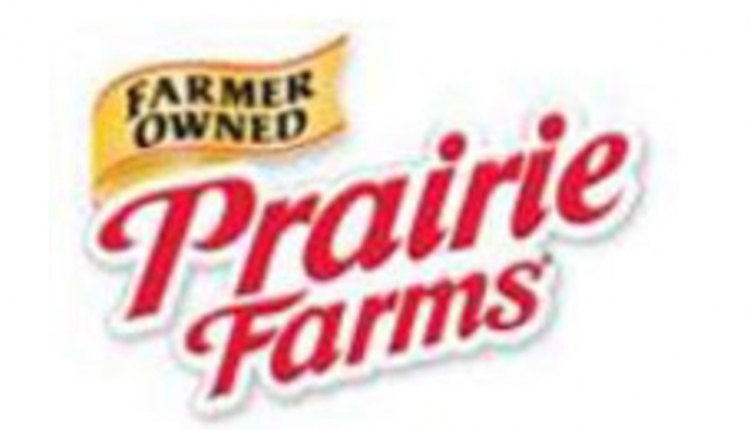Declining nonfat dry milk prices will lower the Class IV price. Class IV was $16.61 in August, $15.86 in September and will be near $14.90 in October. Butter started the month at $2.295 per pound and strengthened to $2.40, but has fallen back to $2.35. The price of nonfat dry milk has dropped below $0.80 per pound to $0.74, the lowest price since April 2016, more than offsetting the higher butter price.
Unless cheese prices rally more like prices did last year the Class III price for November and December will stay in the $16’s and average about $16.25 for the year compared to $14.87 last year. Looking into 2018 Class III prices could stay in the high $15’s for the first half of the year and reaching the $16’s during the second half. The Class IV price will stay in the higher $14’s November and December, averaging about $15.40 for the year compared to $13.77 last year. The Class IV price for 2018 may stay in the $14’s for most of the year. But, milk prices can change a lot from rather small changes in milk production, domestic sales or dairy exports. So final 2018 milk prices could end up quite different.
Relatively high stocks of cheese has dampened the increase in prices this fall. August 31st stocks of American cheese was 7.8% higher than a year ago with total cheese stocks 7.4% higher. But, cheese stocks did decline some from the July 31st level. Dry whey prices have fallen from heavy stocks with August 31st stocks 68.6% higher than a year ago. Likewise nonfat dry milk prices have fallen with August 31s stocks 31% higher than a year ago. But, it is surprising that butter prices have not increased more with August 31st stocks declining from July to 12.1% lower than a year ago.
Dairy exports have supported cheese and butter prices. Cheese exports for August were 35% higher than a year ago and up 24% year-to-date. August butterfat exports were 177% higher than a year ago and 12% higher year-to-date. But, August nonfat dry milk/skim milk powder exports were 9% lower than a year ago, the second straight month of decline. August Dry whey exports were also lower than a year with a decline of 10%. Both nonfat dry milk/skim milk powder and dry whey are experiencing strong market competition for exports from the EU. Competition for markets will remain strong in 2018 as milk production is expected to increase in the two largest exporters, EU and New Zealand with also some milk production recovery in Argentina and Australia. Any major changes in trade agreements, in particular NAFTA could also impact exports. But, world demand is expected to increase as China and other major importers expand their imports of dairy products. This will help to absorb some of the increase in world milk production.
Milk prices for the remainder of this year and into 2018 will depend upon the level of milk production. USDA’s report for September milk production showed the increase in milk slowed to 1.1% compared to increases of 2% for the previous two months. Milk cow numbers decline 4,000 head from August but were still 69,000 head or 0.7% higher than a year ago. The slowdown in milk production was due to milk per cow which was up just 0.3% from a year ago.
September milk production in the West compared to a year ago was down 3.4% in California, up just 0.2% in Idaho, and up 3.1% in Arizona, 4% in New Mexico and 10% in Texas. In the Northeast New York’s production was down 0.4%, but up 1.7% in Pennsylvania and 3.2% in Michigan. In the Midwest production was up 4.5% in Iowa, 3.2% in Minnesota, 4.3% in South Dakota, but just 0.8% in Wisconsin. In the Southeast Florida’s production was down 1.1%.
USDA is forecasting 2018 milk production to increase 1.9% from this year, the result of 0.5% more cows and 1.4% more milk per cow. This is a lot of milk that will put downward pressure on milk prices. It would take higher than expected domestic sales of milk and dairy products or higher dairy exports to push 2018 milk prices higher than what is now forecasted.
By Bob Cropp, Professor Emeritus
University of Wisconsin Cooperative Extension
University of Wisconsin-Madison





